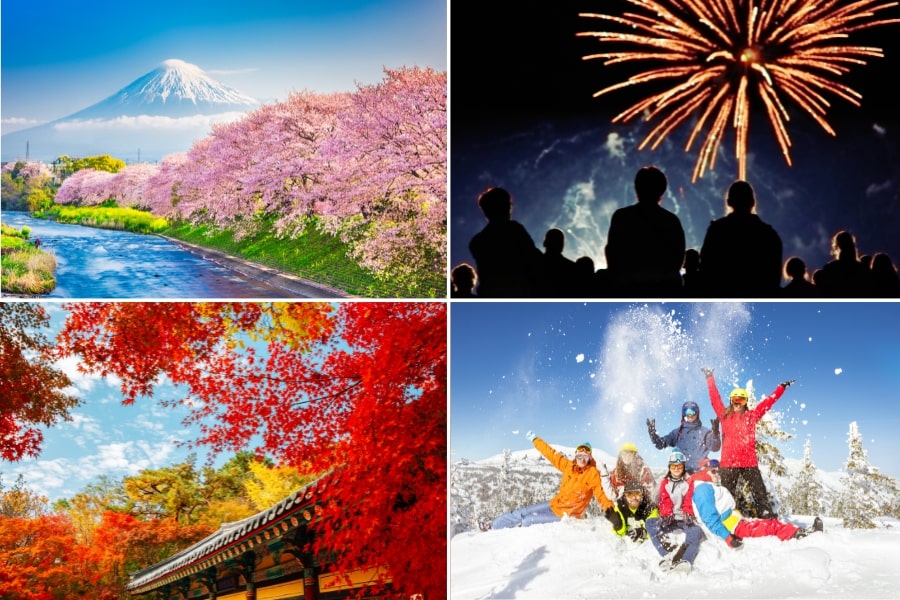Tips
This page provides helpful tips based on common questions, to assist you in preparing for your trip to Japan. We hope it adds to your experience.
![Manners Guide: [Waiting in Line and Taking Turns]](https://bestdestination.jp/wp-content/uploads/2024/09/8ca1fb2f1cae938a9e523b8d394f4a78.jpg)
Manners Guide: [Waiting in Line and Taking Turns]
In Japan, it is customary to wait in line for your turn at places such as train stations, bus stops, and in front of restaurants. The culture of “forming a line and waiting” is deeply ingrained in Japanese society, contributing to a high level of public manners.
By standing in line, everyone can receive services fairly. An orderly line prevents confusion, ensures efficient service, and helps avoid conflicts with others.
- Train Platforms
On Japanese train platforms, there are markings indicating where the train doors will open, and people line up according to these marks. This allows passengers to exit smoothly before the next group boards. When the doors open, do not rush to board. Wait until all passengers have disembarked, then proceed to board the train.
- Bus Stops and Taxi Stands
At bus stops and taxi stands, passengers also form neat lines. This ensures that everyone boards in the order they arrived, providing fairness and preventing confusion.
- Restaurants
In popular restaurants or during peak lunch hours, it’s common to see long lines. Guests are seated in the order they arrived. Some restaurants allow you to reserve a table via mobile devices, in which case reservations take priority. Disputes over seating are rare among customers.
- Restrooms
Restrooms near stations or theme parks can become crowded. However, it’s important to wait patiently in line and follow proper etiquette. These rules are taught in schools from a young age, so they become second nature to most Japanese people.
We hope you enjoy your time in Japan and experience the culture through everyday manners.

Japan’s Four Seasons and Climate
Japan has four distinct seasons, each with its own beautiful scenery and unique climate. High humidity is a characteristic feature, and the climate and landscapes vary by region.
・Spring (March to May)
Spring is the season of cherry blossoms. Cherry trees bloom all over the country, and people enjoy hanami (flower viewing). The temperature is mild and comfortable during the day, but it can be a bit chilly in the mornings and evenings.
・Summer (June to August)
Summer is hot and humid. Especially in urban areas, the heat can be intense, but the mountainous regions are cooler and popular as summer retreats. You can enjoy beach activities, fireworks festivals, and summer matsuri (festivals) during this season.
・Autumn (September to November)
Autumn is the season of autumn leaves. Mountains and parks are adorned with red and yellow foliage, offering stunning views. The temperature gradually drops, making it a comfortable season. It’s the perfect time for enjoying the autumn colors and seasonal delicacies.
・Winter (December to February)
Winter is the season of snow. In northern Japan and mountainous areas, you can enjoy snowy landscapes and winter sports like skiing and snowboarding. Visiting hot springs to warm up is also a unique winter pleasure.
Regional Characteristics
Japan is a long country from north to south, with different climates in each region. Hokkaido in the north has a long, cold winter, while Okinawa in the south remains warm even in winter. There are also climate differences between the east and west; the Sea of Japan side experiences heavy snowfall in winter, while the Pacific side has relatively mild weather.
